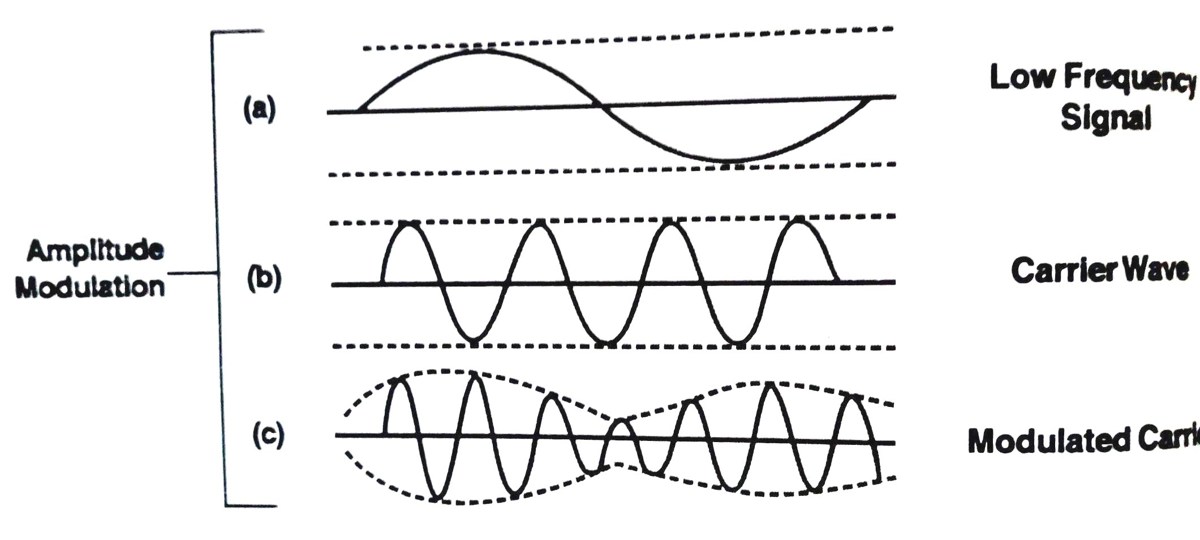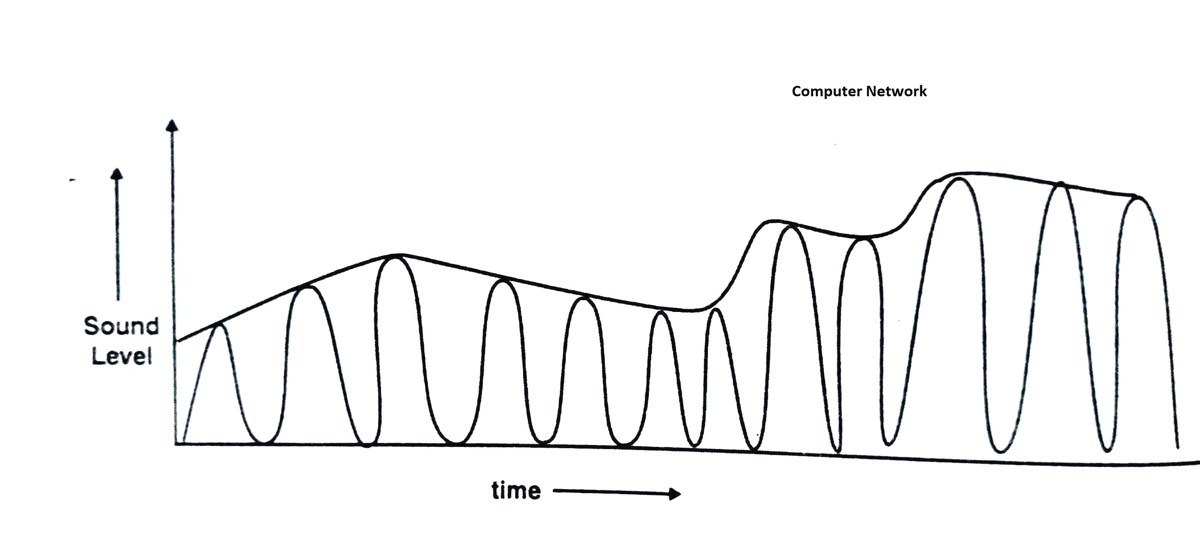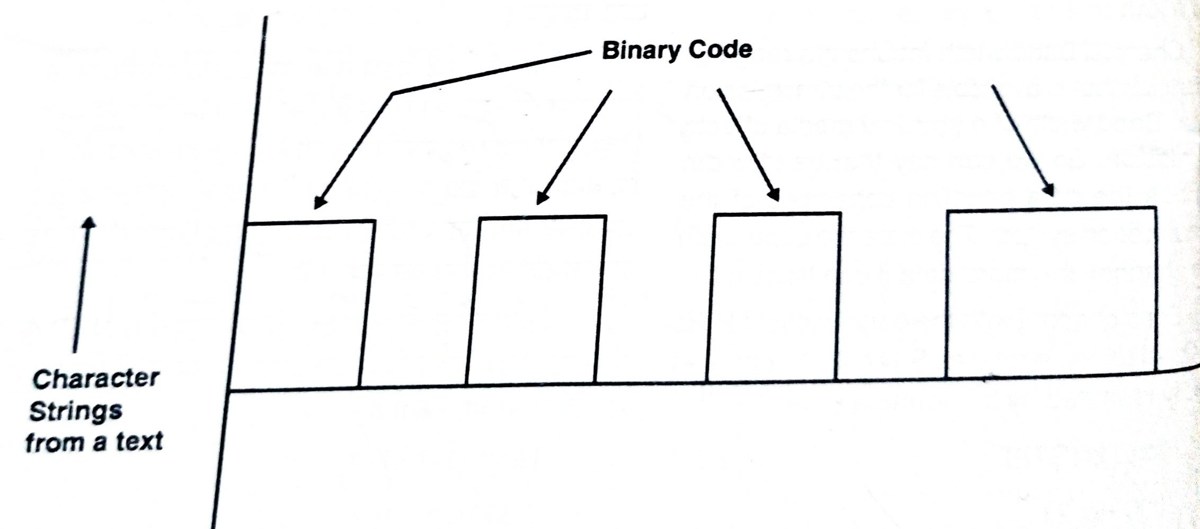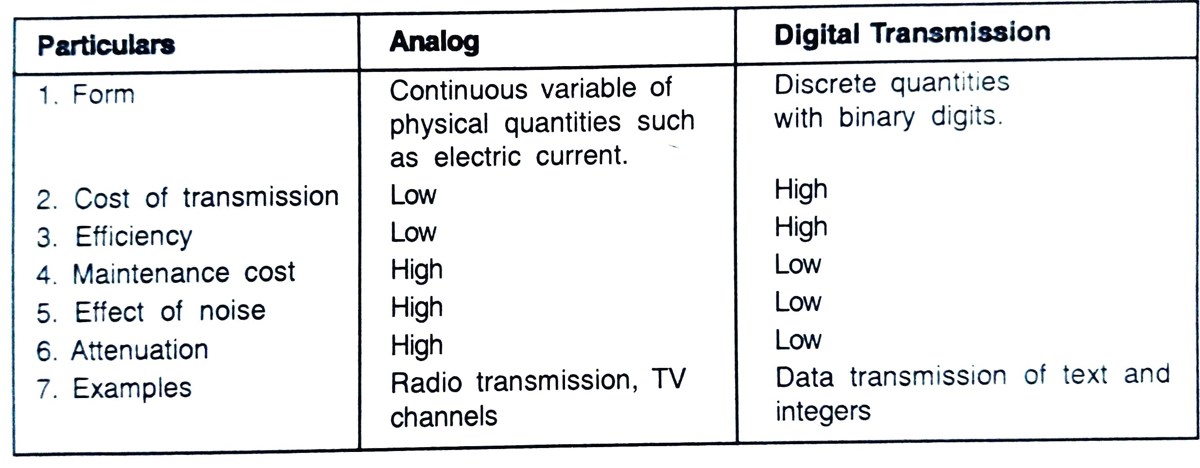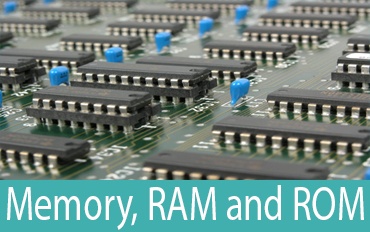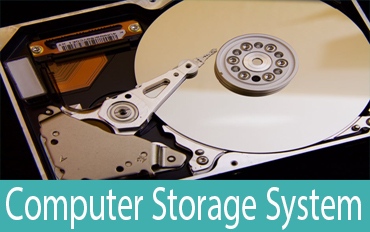what is modulation ?
Radio, television and many other electronic communication networks would be impossible without modulation. Because the original signal is of low frequency signal (typically audio signal) and it can not be transmitted to a very long distance. So the high frequency signal (usually radio frequency) is used as a carrier for this low frequency signal .
What is modulation?
The process in which a low frequency superimposed on High frequency signal is superimposed termed as modulation.
Here low frequency signal is called modulating signal, High frequency signal is called carrier signal and resultant wave (signal) is called modulated signal.
This modulation process is done in the three manners by controlling the amplitude or frequency or phase of High frequency signal by
low frequency signal and thus it is categorized like this:
(1) Amplitude modulation,
(2) Frequency modulation and
(3) Phase modulation.
(1) Amplitude Modulation:
A type of modulation in which the amplitude of the carrier wave is varied above and below its unmodulated value by an amount proportional to the amplitude of the signal wave and at the frequency of the modulating signal.
(2) Frequency Modulation:
A type of modulation in which the frequency of the carrier wave is varied about its unmodulated value by an amount proportional to
the amplitude of the modulating signal and at the frequency of the signal wave, the amplitude of the carrier wave remains constant.
Process of Modulation
(3) Phase Modulation :
A type of modulation in which the phase of the carrier wave is varied about its unmodulated value by an amount proportional to the amplitude of the modulating signal and at the frequency of the signal wave, the amplitude of the carrier wave remains constant.
DEMODULATION:
In Communication the process of retrieving the data (low frequency signal) from a modulated carrier signal i.e. reverse of the Modulation.
Bit Rate:
The capacity of a digital channel is the number of digit (bit) values it can carry in one second. It is measured in bits per second (bps) and called bit rate of channel. The range of bit rate may be from Kbps (kilobit per seconds) to Mbps (megabits per second) The actual bit rate throughout of the channel, called the data rate.
Baud Rate:
Baud rate refers to the oscillations of a sound wave on which a single bit of data is carried. Bits per second (bps) is the amount of data transferred in a second. By employing special techniques that manipulate. A modern can encode data and achieve higher rate of data transfer. A modem that is modulating its sound waves at 14400 baud may actually be transmitting 38,400 bits per second.
When a computer wishes to send digital data over a dial-up line, the data must first be converted to analog form by a modem for transmission over the local loop, then converted to digital form for transmission over the long- haul trunks, then back to analog over the local loop at the receiving end, and finally back to digital form by another modem for storage in the destination computer.
Band Width:
Channel Band width means the range of frequencies that is available for the transmission of data. Band width of a physical media affects transmission. So we can say that band width describes the data handling capacities of the communication system. The more the band width of the channel, the more data it can transmit. For a channel with the band width of H Hz and signal to noise ratio as S/N dB, the channel capacity is limited by the formula –
Hlog2(1+(S/N)
2000 log2 21
ANALOG AND DIGITAL DATATRANSMISSION
Analog Data Transmission:
Sound coming out from an instrument is an analog data communication. Analog data is continuous over an interval. A representation of analog signal is shown in Figure below:
Example of analog data is video.
Digital Data Transmission:
Digital data is discrete. They have to be represented by a sequence of bits for communication. A sample is shown below.
Examples are text and integers.
A Sample of Digital Pulses of Text
Comparison of Analog and Digital Data Communication:
One drawback of analog communication is that it is very sensitive to disturbances. Digital data communication has no such problem.
Advantages of Digital Transmission over Analog Transmission:
- Voice data, music and images (e.g. television, fax and video) can be interspersed for more efficient use of the circuits and equipment.
- Much higher data rates are possible using existing telephone lines.
- Digital transmission is cheaper than analog transmission.
- Maintenance of a digital system is easier than maintenance of analog system.
- A digital signal can pass through any number of regenerators (amplifiers in analog systems) with no loss in signal and thus long distances with any information loss. But analog signals always face some information loss when amplified, and this loss is accumulative.
